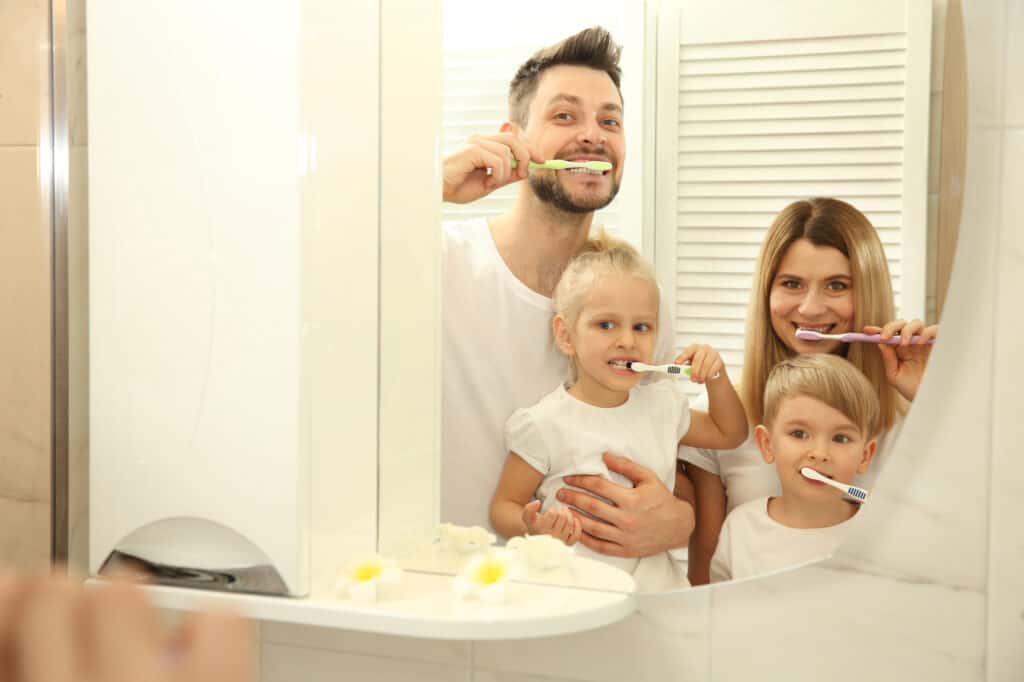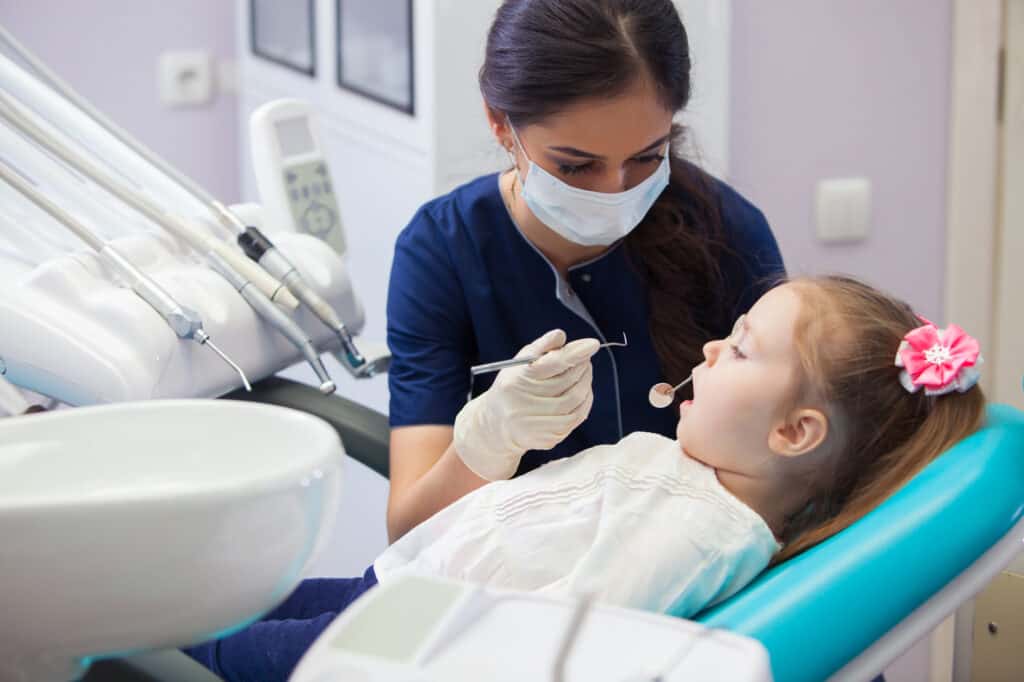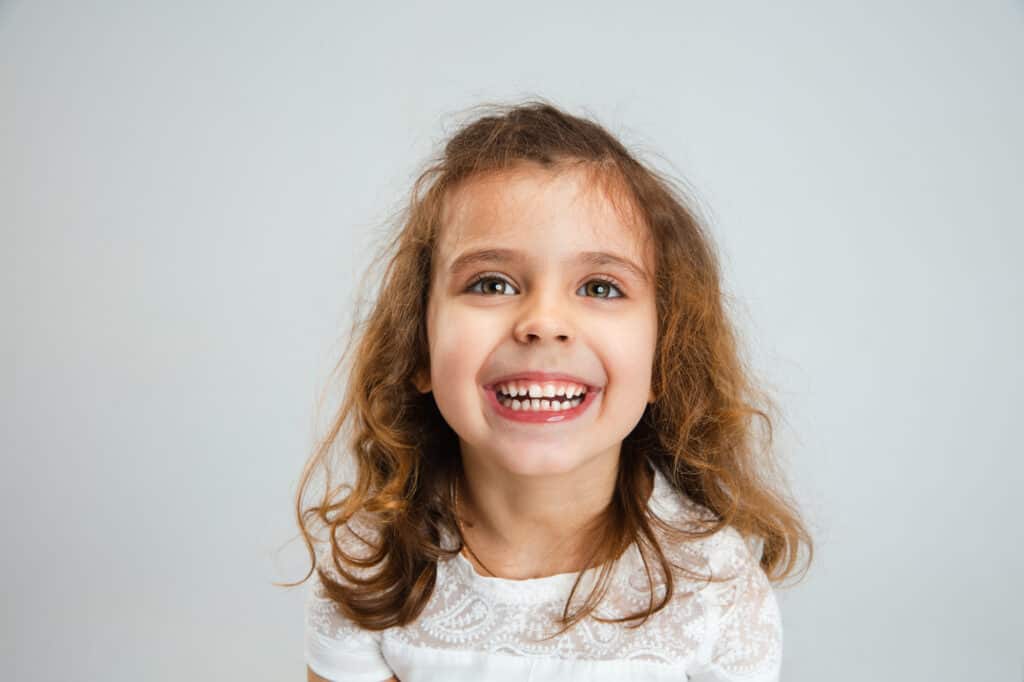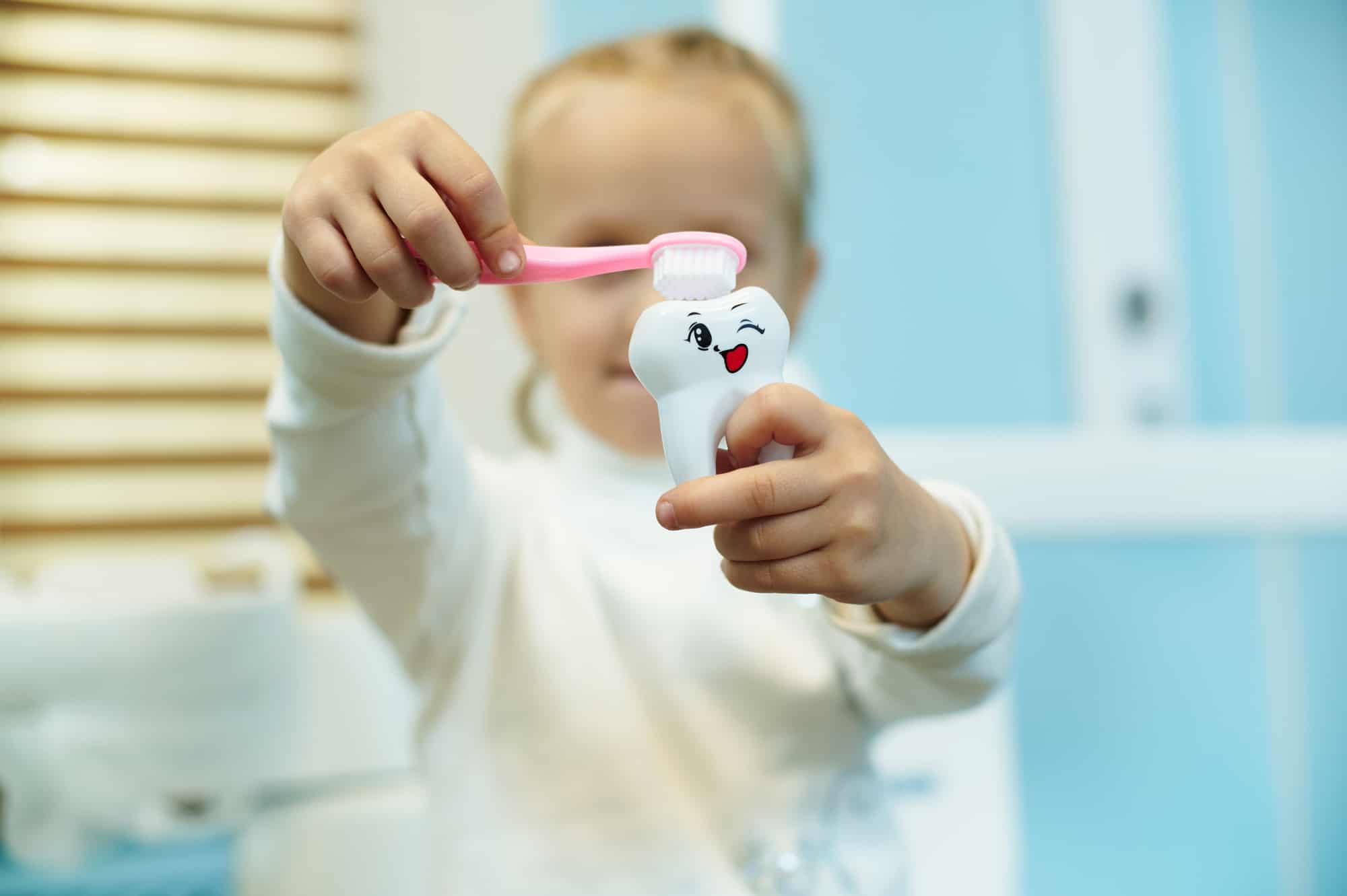Unlocking Joyful Smiles: Practical Tips to Get Toddler to Brush Teeth
When my daughter hit the terrific twos, it was like someone drilled into her the idea of resisting anything she finds uninteresting. Brushing her teeth was one of those things.
No amount of sweet-talking, raised voices, or our own enthusiastic toothbrush performances could convince her to join the dental hygiene bandwagon. So, I turned detective, combing through the depths of the internet and polling every toddler-parenting expert I could find. And guess what? I struck gold.
For a chuckle and some game-changing tips, dive into our next piece on how to turn tooth brushing from a chore into a cheer with your little one!
Importance Of Establishing Correct Dental Hygiene
From the very beginning, plaque can start to build up on the surface of the tooth and lead to decay. Preventing many troubles, such as cavities (caries) and gum diseases, is crucial, as these issues cause at least a third of adult tooth loss. That’s why you should start brushing a child’s teeth as soon as the first one comes in.
Brushing a child’s teeth is one of the most crucial health habits to instill in your kids, given the potentially dangerous consequences of poor dental hygiene. However, it can also sometimes be the most challenging.
The Challenge of Toddler Teeth Brushing
Does your toddler act like he is being tortured every time you brush his teeth? Or is he obsessed with doing everything by himself? Or he refuses to open their mouth to you? Or you are even struggling to get him into the bathroom when it’s time to brush teeth?

I know, I have been there! To get a toddler to brush teeth properly is a significantly challenging process! So let’s explore how you can get your toddlers to brush their teeth and create lifelong healthy habits.
Understanding Toddler Psychology
Toddlers may not have naturally established habits to do some activity just because it has to be done. Brushing teeth may not look fun at first sight and kids do not yet understand the point of doing some boring activity. They may not be curious about it or think that it’s painful. However, toddlers like to imitate adults and they have a strong desire for autonomy. That’s what can help to integrate brushing their teeth into daily life.
Creating a Fun and Engaging Routine
Make it fun! First of all, in order to get toddler to brush teeth it must be a positive experience. Your main goal is to turn tooth-brushing into an attractive activity. There are plenty of strategies which you can try and see what works the best for you and your child.
The whole point is to let them feel comfortable with the brush in their mouth and make the overall process enjoyable and look like a game.
However, children do not have the dexterity to brush their own teeth until they are around 8. So, it’s crucial that you take the child’s brush at some point and brush their teeth properly.

Sometimes brushing may require two people. You can sit the child on your lap and entertain them, but keep their hands busy, while daddy (or other caregiver) brushes their teeth.
Brushing a child’s teeth during bath time can be presented as a fun activity where all toys in the bath also ‘brush their teeth’.
For some children, the Montessori approach can be useful. You can create a small child-size brushing station, by putting together a compact washbasin and small unbreakable mirror on the child’s height (without requiring a step stool), set the towel, toothbrush & toothpaste. So that child can easily access this station, explore, and use it. This way you can empower your child’s independence and convenience.

Another strategy you can implement is setting a timer. There are interactive toothbrushes that have timers built in. There are specially designed timers for brushing teeth that will chime after two minutes. Or you can use a timer app on the phone: they guide children through every step of the procedure, passing over each area of the mouth individually. We tried the Oral B Magic Timer App and it worked like a miracle.
Parental Modeling and Involvement
Does your child see you brushing your teeth? If not, he can think that he is the only one who has to brush his teeth. Let him see you brushing regularly or even make all family brushing sessions. It will help your child to feel that oral hygiene is a normal and important part of everyone’s daily routine, fostering a sense of shared responsibility and good habits within the family.

Choosing The Right Toothbrush And Toothpaste
If you live in an area with fluoridated water, it’s recommended not to use fluoride toothpaste for babies under 18 months to avoid the risk of dental fluorosis. Fluoride free Jack N’ Jill Natural Toothpaste is a good choice in this case. However, in areas without fluoridated water or if the child is at higher risk of tooth decay, a dentist may advise using toothpaste. For babies under 18 months who need toothpaste, only a grain of rice-sized amount of low fluoride children’s toothpaste such as Burt’s Bees Kids should be used. This minimizes the risk of dental fluorosis if swallowed. For children over 18 months, a pea-sized amount is appropriate. Some children may not tolerate any mint taste, so taste-less paste might be the best option.
To choose the right toothbrush you have to make sure it’s very soft to avoid baby gum from bleeding and any discomfort during brushing. Check out some of the following:
Totz, best-selling toothbrush for kids 18 months and older, is BPA-free, ADA accepted, and designed for small hands and mouths. It features soft, vegetable-derived bristles and a recyclable handle, ensuring a safe and effective brushing experience. Made in the USA
These toothbrushes feature fun designs and bright colors to make brushing a fun activity for all ages. They are BPA-free, and soft bristles for a gentle clean. Include dust covers.
This fun and easy to use toothbrush, with a 360° round head and 16,000+ soft bristles, removes 1.8X more plaque, making it ideal for ages 2-5. Its quick-dry. Travel-friendly design encourages good oral habits.
This toothbrush features soft bristles, sonic cleaning technology, and a travel cover. It includes a 2-minute timer and a built-in tongue scraper for optimal oral hygiene.
Seek for baby-safe solutions that are made to be held more easily with a palmar grasp and that are positioned a shorter distance from your baby’s mouth.
Support toddlers desire for autonomy in decision-making and have them accompany you to the store to pick out their own toothbrush and/or toothpaste.

Overcoming Resistance and Tantrums
While the tips mentioned above have worked for our family, tooth brushing can still be a challenging task for some parents. Your child may resist and throw a tantrum. Important to be patient and avoid traumatic experiences by not holding the child down and brushing against his or her will. Try your best to not create any negative associations with brushing.
Finding a moment when the child isn’t as grumpy can help the process go more smoothly. Brushing twice a day is ideal, but night time brushing is most crucial to remove food or milk residue. So, if your child strongly resists, do brushing only in the evening, fast and simple. Remember any brushing you can accomplish is better than nothing. The most important aspect is to remain calm about the process.
You have to find what works best for you and your children. It helps to have an arsenal of tricks, so you can switch it up when one stops working.
Reward and Positive Reinforcement
Using a reward chart can significantly boost your child’s motivation to brush their teeth. Each time they complete their tooth brushing, they can place a small sticker on the chart. This method of positive reinforcement is particularly effective with toddlers. When they see a visual representation of their achievements, it encourages them to continue the good habit. Additionally, offering rewards for a certain number of stickers can further motivate them. These rewards don’t have to be materialistic; they could be as simple as an extra bedtime story or a special playtime session.
Professional Guidance and Regular Check-Ups
I can’t stress enough the importance of early dental care for toddlers. Regular dental check-ups, starting by their first birthday, are crucial for spotting issues early on. Statistics show that starting dental visits early can prevent up to 50% of cavities.
First visit is usually not too long. Typically, it’s a gentle introduction to the dentist’s office, where the dentist checks for tooth decay, examines the child’s bite, and looks for potential problems with the gums, jaw, and oral tissues. No need to worry; it’s designed to be stress-free for both you and your little one. When my daughter visited the dentist for the first time, she received a pink balloon crafted by the dentist’s assistant from a latex glove. It brought a smile to her face and contributed to a positive experience.
Preparing your toddler can make a significant difference. Talk about the visit positively, perhaps through storytelling, focusing on the adventure of meeting a new friend, the dentist, who helps keep our teeth strong. Practicing opening their mouth wide at home can also make the actual visit smoother.

Dentists are invaluable in guiding parents. They can offer tailored advice on your child’s specific dental needs, demonstrate proper brushing techniques, and suggest the best dental products for children. They can also discuss habits like thumb-sucking and its impact on oral health.
As for the frequency of visits, the rule of thumb is every six months. However, your dentist might suggest a different schedule based on your child’s individual needs.
Be Persistent with Tooth Brushing
Consistency in the tooth brushing routine helps children know what to expect and accept the process, even if they don’t enjoy it. Establishing a strong oral hygiene routine for your children from an early age lays the groundwork for a lifetime of healthy teeth.

Subscribe to Babyhood And Beyond!
Get updates on the latest posts and more from Babyhood And Beyond straight to your inbox





